NASA
Almost a decade in the past to the day, I stood within the worldwide terminal of Houston’s major airport checking my telephone. As I waited to board a flight for Moscow, an announcement from NASA was imminent, with the company because of make its picks for personal corporations that may transport astronauts to the Worldwide Area Station.
Then, simply earlier than boarding the direct flight to Moscow, a information launch from NASA popped into my inbox about its Industrial Crew Program. The house company, beneath a set worth settlement, agreed to pay Boeing $4.2 billion to develop the Starliner spacecraft; SpaceX would obtain $2.6 billion for the event of its Crew Dragon car.
On the time, the Area Shuttle had been retired for 3 years, and NASA’s astronauts needed to fly to the Worldwide Area Station aboard the Soyuz spacecraft. “Right now, we’re one step nearer to launching our astronauts from US soil on American spacecraft and ending the nation’s sole reliance on Russia by 2017,” NASA Administrator Charles Bolden stated within the launch.
I knew this solely too effectively. Because the house reporter for the Houston Chronicle, I used to be touring with NASA officers to Russia to go to Star Metropolis, the place astronauts practice, and see Roscosmos’ mission management services. From there, we flew to Kazakhstan to tour the spaceport in Baikonur and observe the launch of the Expedition 41 crew to the house station. The mission included two Russian astronauts and NASA’s Butch Wilmore. I wrote about this because the fifth a part of my Adrift sequence on the state of America’s house program.
A decade later, all of it appears surreal. I can’t think about, as I did a decade in the past, standing close to troopers in Moscow watching a “Peace March” of hundreds of protestors by way of the Russian capital metropolis. There is no such thing as a room for dissent in Russia at this time. The airport we used to fly from Moscow to Kazakhstan, Domodedovo, has been attacked by Ukrainian drones. I virtually definitely can by no means return to Russia, particularly after being branded a “battle prison” by the nation’s house boss.
However historical past turns in fascinating methods. Ten years after his Soyuz flight from Kazakhstan, Wilmore launched from Florida on Boeing’s Starliner spacecraft. Final weekend, this Boeing spacecraft got here again to Earth with out Wilmore and his copilot Suni Williams on board. Right here we had been as soon as once more: Wilmore flying in house and me considering and writing about the way forward for NASA’s human spaceflight packages.
I could not assist however surprise: In spite of everything that occurred within the final decade, has the Industrial Crew Program been successful?
Boeing turns into a no-show
Industrial Crew was a daring guess by NASA that gained the house company many critics. Might personal corporations actually step up and supply a service that solely nations had earlier than?
NASA’s two picks, Boeing and SpaceX, didn’t make that 2017 goal for his or her preliminary crewed flights. For just a few years, Congress lagged in funding this system, and through the second half of the 2010s, every of the businesses bumped into vital technical issues. SpaceX overcame critical points with its parachutes and an exploding spacecraft in 2019 to triumphantly attain orbit in the summertime of 2020 with its Demo-2 mission, flying NASA astronauts Doug Hurley and Bob Behnken to and from the house station.
Since then, SpaceX has accomplished seven operational missions to the station, carrying astronauts from america, Europe, Japan, Russia, the Center East, and elsewhere into orbit. A crew from the eighth mission is on the station proper now, and the ninth Crew Dragon mission will launch later this month to deliver Wilmore and Williams again to Earth. Crew Dragon has been nothing in need of a smashing success for SpaceX and america, establishing a significant lifeline at a time when—amid deteriorating relations between America and Russia—NASA reliance on Soyuz possible would have been untenable.
Starliner has confronted a harder highway. Its first uncrewed check flight in late 2019 was lower quick early after critical software program issues. Afterward, NASA designated the flight as a “excessive visibility shut name” and stated Boeing would wish to fly a second uncrewed check flight. This mission in 2022 was extra profitable, however lingering considerations and points with flammable tape and parachutes delayed the primary crew flight till June of this yr. The destiny of Starliner’s third flight this summer season, and its intermittently failing thrusters that finally led to its crew needing another journey again to Earth, has been effectively documented.
